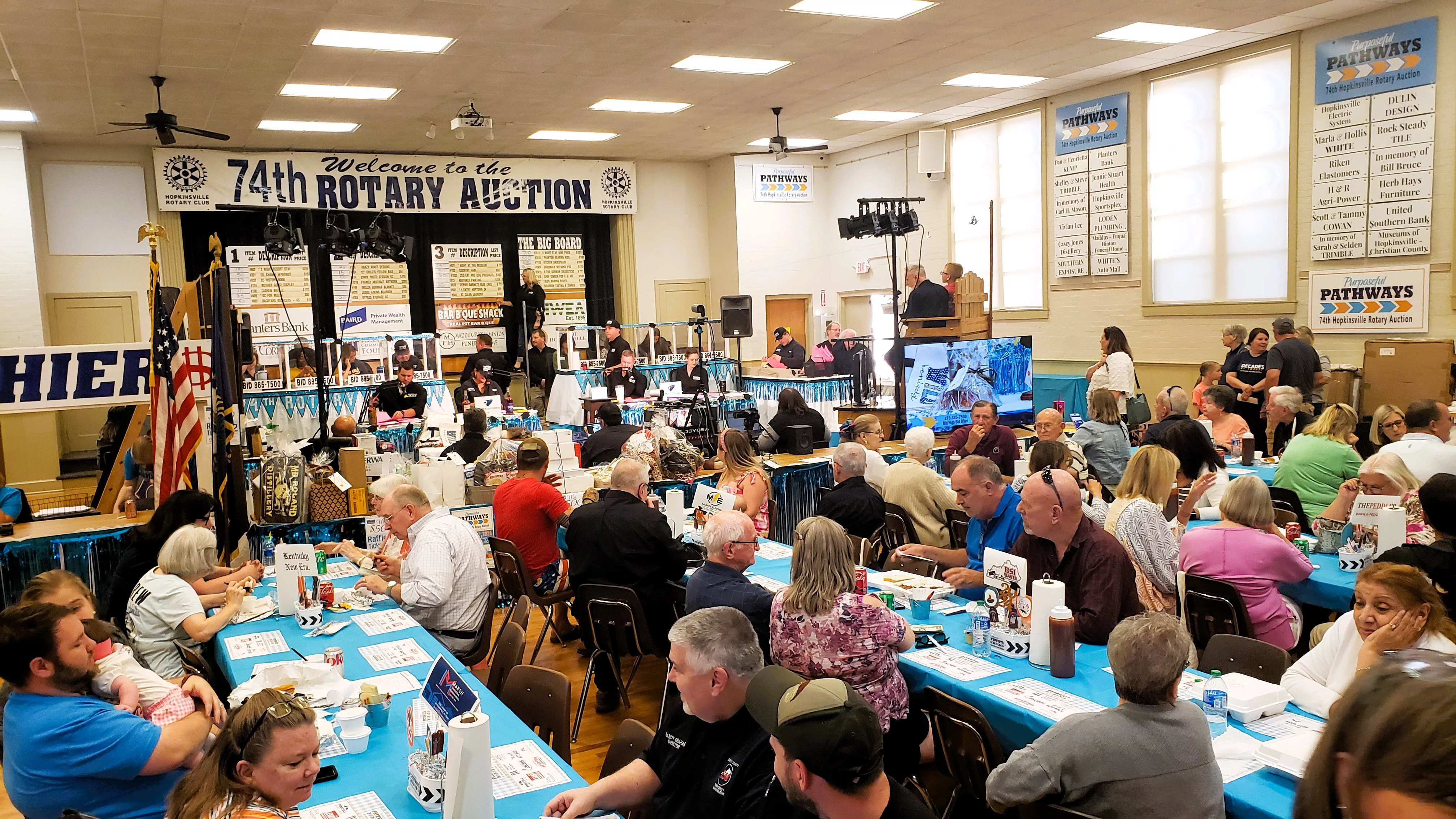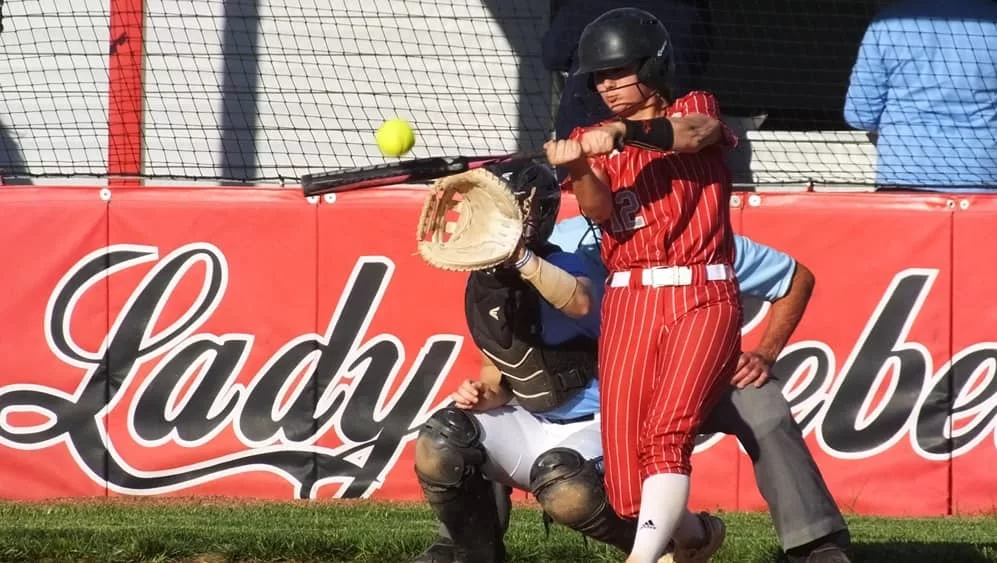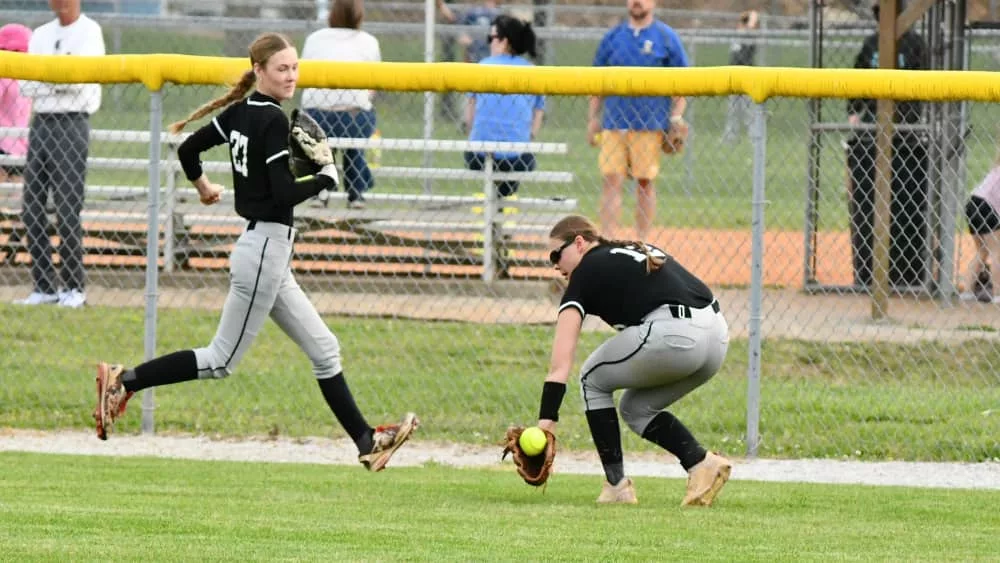Kelly Jackson
Christian County Extension Office
Spring Bulb Worries
During this season it’s not uncommon for temperatures to play tricks. One week you can wear shorts – the following week you need gloves and earmuffs. Plants are also affected by the extremes in temperatures. For example, forsythia and spirea may begin blooming and trees may begin to leaf-out. Although some of the flower and leaf buds may be damaged when the temperature drops back to the norm, mature plants will survive. What about bulbs? Bulbs seem more tender than woody plants and cause even experienced gardeners concern when their green foliage begins peeking through the ground during a winter warm spell. Luckily, there is no need for worry. Spring-blooming bulbs are tough and usually not damaged by conflicting temperatures. In fact, bulbs like snowdrops and crocuses are supposed to come up early, often when there is still snow on the ground. Applying a 3” layer of mulch to bulb beds in the fall, before the ground freezes, will help regulate soil temperatures and may help avoid premature growth in late winter.
If you purchased or received bulbs late in the year, don’t try to carry them over to next spring. Get them in the ground now. Find an area in your landscape where the soil is not frozen, such as near the foundation of your home, plant at the proper depth, and mulch the bed. Few bulbs will bloom in the spring, but at least they have a better chance of surviving until the following year. Remember there is a difference between spring blooming (i.e., Hyacinths, Daffodils, Crocus) and summer blooming (i.e., Caladium, Canna, Dahlia) bulbs. Summer blooming bulbs should not be planted until after the frost-free date (typically April 22 in Hopkinsville) to avoid damaging emerging shoots or rotting bulbs in the cold soil.
Another common bulb question is “Why didn’t my bulbs bloom this spring?” Some of the more likely reasons for this problem include:
- Poorly Drained Soil: Dig up your bulb to see if it has rotted in the soil. Poorly drained soil subjects bulbs to disease pressure to which there is no cure. Remove decayed bulbs and try improving the soil drainage or select a new planting location.
- They Were Eaten: Rodents like squirrels, chipmunks, and voles will feed on certain bulbs. Favorite bulbs are tulips, crocus, and gladiolus, while daffodils and hyacinths are rarely bothered. Some techniques to try include: enclosing bulbs in a hardware cloth box (1/2 inch mesh) or commercially available bulb box; lay wire mesh over the bulb bed in the fall when they are most susceptible; try feeding the squirrels in the fall to keep them full; or try sprinkling dried blood, cayenne pepper, moth balls or other repellents on the ground, replacing after a rain.
- Improperly Stored: If leaves appeared but the bulb did not bloom, it may have been improperly stored. Before buying a large quantity of bulbs, cut a few in half longitudinally. If the flower bud is brown or dried up, the bulbs will not flower in the spring. Also, storing bulbs near fruit that releases ethylene gas may cause the flower bud to abort.
- Fertilization: Bulbs gather nutrients from the leaves and cutting those back too early after blooming may result in insufficient food reserves to support next year’s blooms. Maintaining foliage for about six weeks will reduce this problem. Add 2 lbs of a commercial fertilizer such as 5-10-5 or 12-12-12 per 100 sq. ft. of bed just after the blooming period to help older bulbs build food reserves.
- Overcrowding: If you notice flowers becoming smaller or less abundant, your bulbs may need dividing. Bulbs should be dug after the foliage dies back completely. They can be separated, respaced and replanted immediately. Keep in mind that some varieties may skip a year when divided.
For learn more about growing bulbs check out the International Bulb Society at www.bulbsociety.org or the American Daffodil Society at www.daffodilusa.org
Educational programs of Kentucky Cooperative Extension serve all people regardless of race, color, age, sex, religion, disability, or national origin.
UNIVERSITY OF KENTUCKY, KENTUCKY STATE UNIVERSITY, U.S. DEPARTMENT OF AGRICULTURE, AND KENTUCKY COUNTIES, COOPERATING






